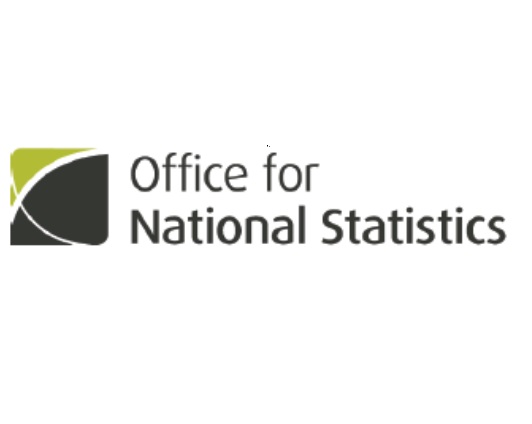UK Business Investment, 1st Quarter 2024: One of the other data series that came out at the end of last week but which we did not have time to report was for business investment. Unfortunately, we will have to wait for the National Accounts data at the end of June for the industry level breakdown, but we do have the top line figures.
Total business investment, seasonally adjusted was +0.9% higher than in the previous quarter (Q4-23) but was -0.6% lower than a year earlier (Q1-23). On the same basis, the subset for spending on “ICT and Other Machinery” (ICT&OM), which is the asset type most relevant to us, changed by +0.5% and -2.8% respectively. In the latest quarter, spending on ICT&OM) accounted for 28.4% of total business investment.
We can also calculate an annualized figure by comparing the latest 4 periods (Q2/3/4-23 and Q1-24 in this case) with the total for the previous 4 quarters (Q2/3/4-22 and Q1-23). On this basis, business investment increased by +2.7% but growth in ICT&OM was only +1.8%.
The under-performance of the ICT&OM asset type in all these comparisons (except the quarter-on-quarter trend) Is largely because this was the main target of the super-deduction allowance which led to a spike in investment in this asset type in Q1-23 and, to a lessor extent in Q4-22 – both of these are under the line in the trend calculations which make the latest figures look worse than they really are in comparison to overall business investment which has less of a distortion.
There are more details in the ONS Statistical Bulletin which can be downloaded from their website at https://www.ons.gov.uk/releasecalendar (10 May) or on request from MTA.
—————————————-
UK Trade, 1st Quarter 2024: The final data series released by the ONS last week was for trade where the March data completed the first quarter of the year – we will focus only on the latter series. Also note that all the data we quote here is excluding precious metals which eliminates the significant distortions from trade in non-monetary gold which goes through the London Metal Exchange in financial terms even if the physical material never leaves its bank vaults.
The headlines were that total exports of goods were -2.5% lower than in the 4th quarter of 2023 (the previous quarter) and -5.2% lower than a year ago. On the first of these comparisons, dispatches to the EU declined by -3.5% while exports to non-EU countries were only down by -1.6%.
On the same basis, total goods imports were -3.8% lower than in the previous quarter and fell by -10.1% compared to a year earlier (Q1-23). For the quarter-on-quarter trend, arrivals from the EU declined by -3.9%, with non-EU imports falling by -3.8%.
The fall in deliveries to the EU was mainly in machinery & transport goods (which are, unfortunately lumped together) while the decline for non-EU exports was mainly in fuels and chemicals. The former is noted to have been particularly significant for mechanical machinery to Germany, while the non-Eu trade reduction was due mainly to lower deliveries of crude oil to China and “medicinal & pharmaceutical products & inorganic chemicals” to the United States.
For imports, the lower figures for arrivals from the EU were again in machinery & transport equipment (this is noted to have been in cars and aircraft from Germany, both of which returned to more normal levels compared to a spike in Q4-23); there was also a smaller decline in arrivals of fuels. The same commodities were also involved int eh lower level of imports from non-EU countries but the other way around; the largest fall was in the import of fuels (gas and crude oil from Norway) with a smaller reduction for machinery & transport equipment (mainly electrical machinery from China).
There are more details in the ONS Statistical Bulletin which can be downloaded from their website at https://www.ons.gov.uk/releasecalendar (10 May) or on request from MTA.

